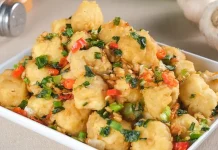We have discussed many times about Indonesian culinary, ranging from the most popular dishes to the most bizarre dishes that people love to eat here. Now it’s time to introduce yet another quirky side of Indonesian culinary heritage: the stinky foods that people love.
Jengkol
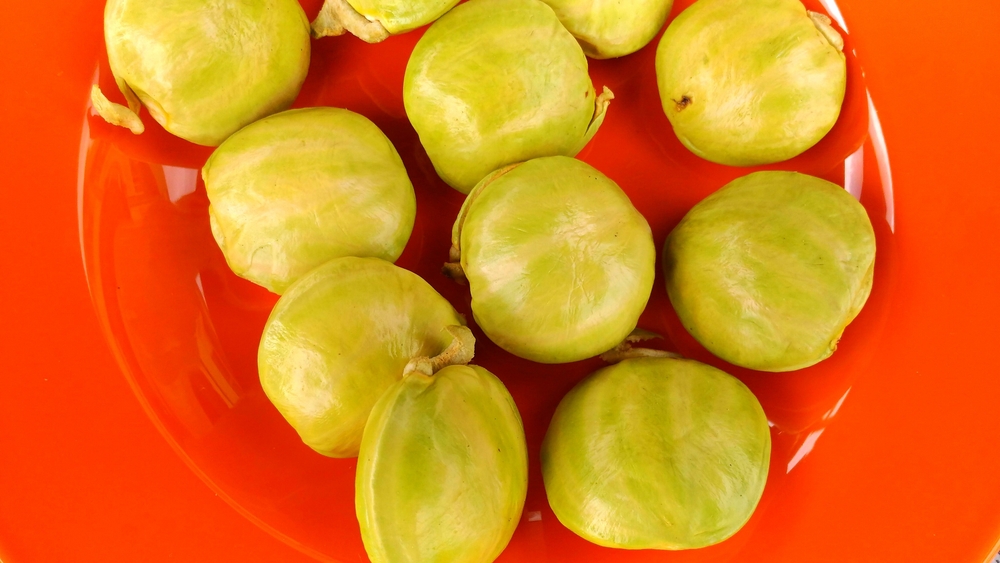
Jengkol, or dogfruit, is a species of flowering tree in the pea family (Fabaceae) that is native to Southeast Asia. This fruit has strong smell, but it is a popular food in Indonesia. The most favorite Jengkol menus from Indonesia are Balado Jengkol (from West Sumatera), Semur Jengkol (West Java), and Jaring Tahi Lala (Kalimantan). Its strong aroma is not everyone’s favorite; but many people love the dishes made of Jengkol.
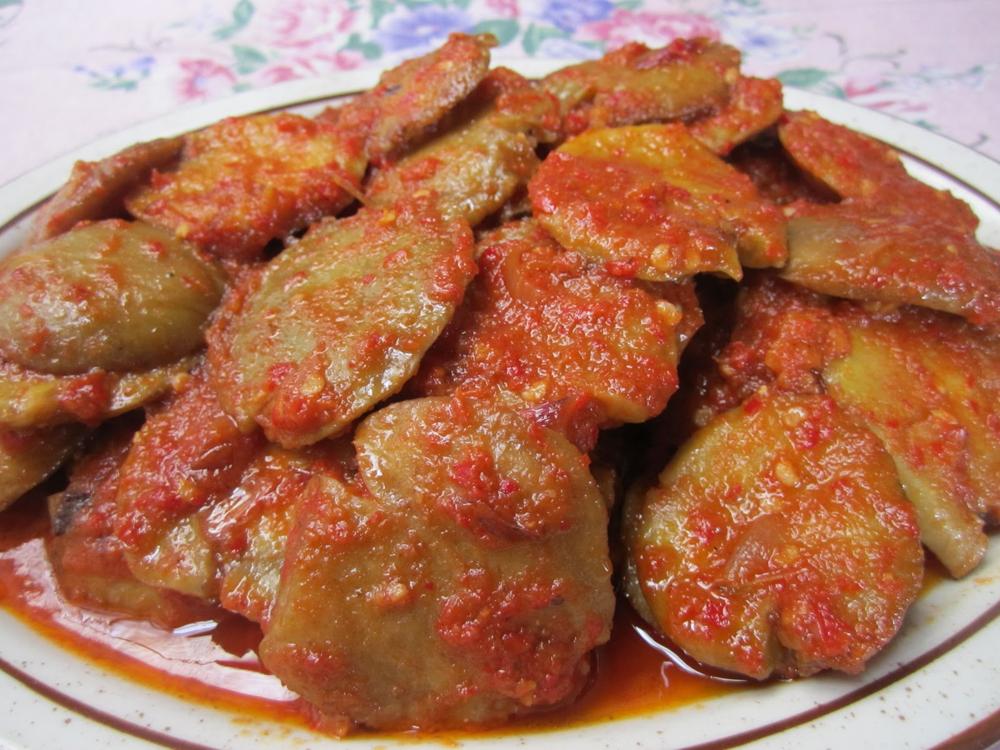
Petai
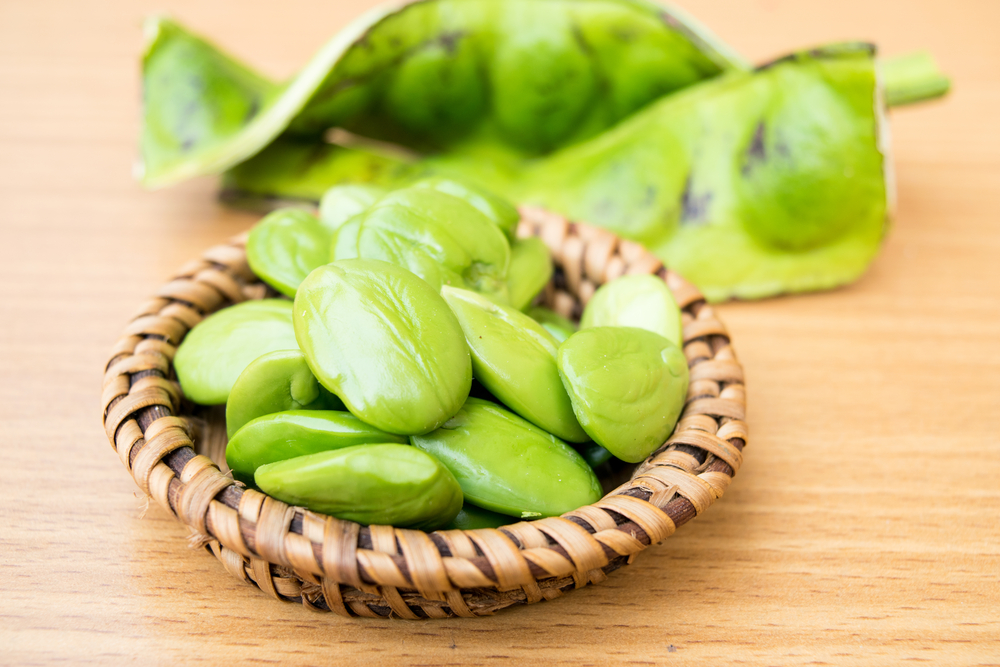
Petai is “Jengkol’s long lost sister”, because of its similar smell. Pete or petai or stink beans are plump, coin-shaped green beans which have a rather peculiar smell. Pete is a common addition to Indonesian dishes, especially among Sundanese, Minangkabau, and many other specialty dishes. Just like asparagus, petai contains certain amino acids that give a strong smell to one’s urine, an effect that can be noticed up to two days after consumption.
Durian

Durian has been regarded by many people in Southeast Asia as the “king of fruits”. Durian’s smell evokes reactions from deep appreciation to intense disgust, and has been described variously as rotten onions, turpentine, and raw sewage. In Indonesia, Durian is often used in desserts menus such as smoothies, pancakes, sweet buns, and ice cream. Durian is also the main ingredient of Tempoyak, a Melayunese condiment made from fermented Durian.
Cempedak
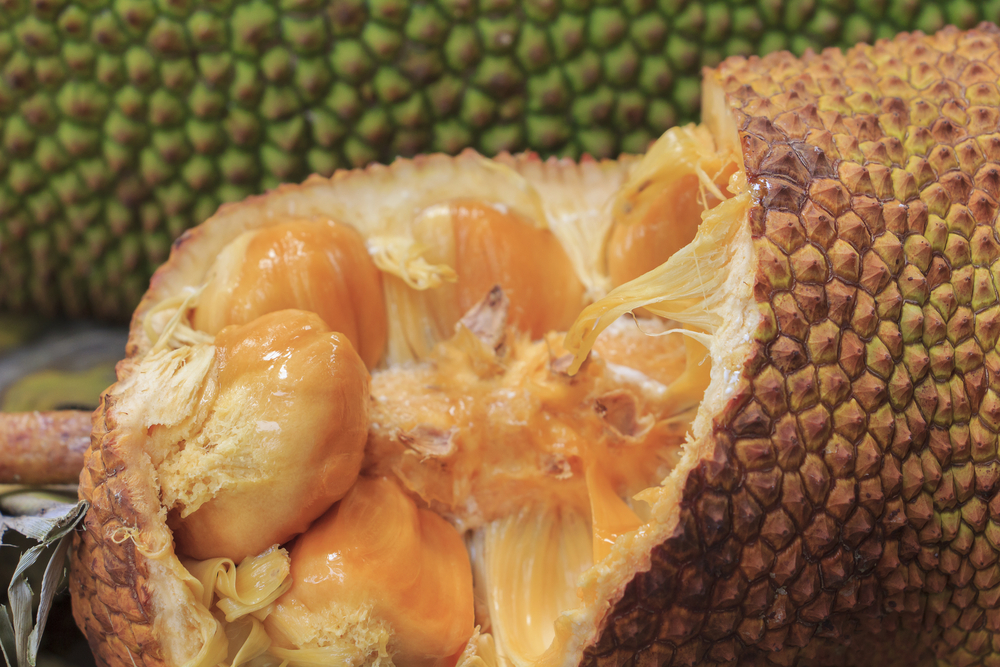
Cempedak is a fruit native to Southeast Asia. At a glance, it has similar shape to Jackfruit, but smaller in size. The fleshy, edible arils surround the large seeds, which are edible by boiling or roasting. It is yellowish to orange in color, sweet, soft, slippery in tongue and a little bit fibrous, and fragrant. However, not everyone loves the odor. Cempedak can be eaten fresh or after being processed as fritters.
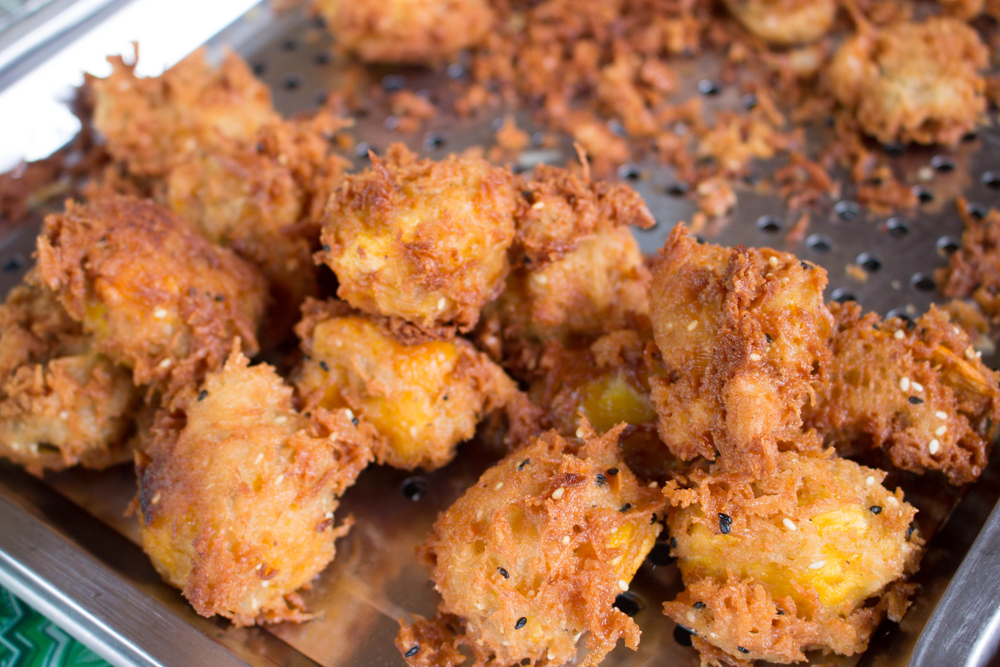
Daun Sembukan
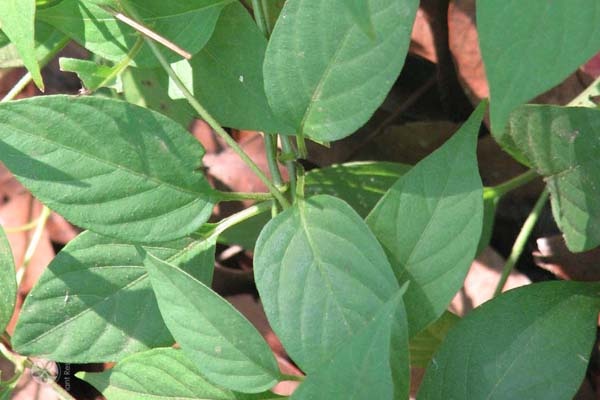
Daun Sembukan, or skunkvine is a plant native to Asia. It is known for the strong, sulphurous odor exuded when its leaves or stems are crushed or bruised. In Indonesia, Daun Sembukan is usually cooked as Botok (Javanese steamed coconut and tempe dish). It is also has several health benefits, such as for diarrhea, dysentery, colic, and flatulence.
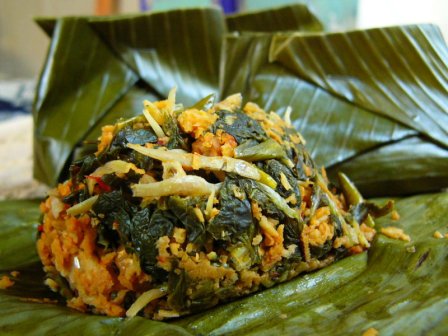
Terasi
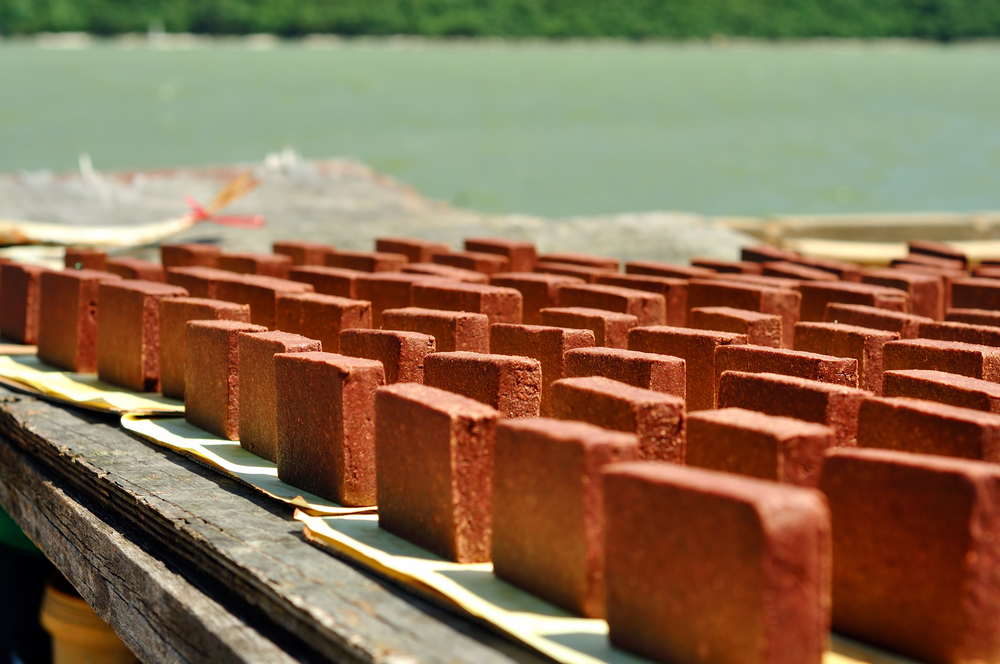
Terasi or shrimp paste is a very common ingredient used in Indonesian cuisine. It is made of fermented ground shrimp mixed with salt. Although it is claimed that Terasi has the ability to increase one’s appetite, many people hate its strong odor. In Indonesia, it is hard to find Sambal menus which do not contain Terasi in it.
Tauco
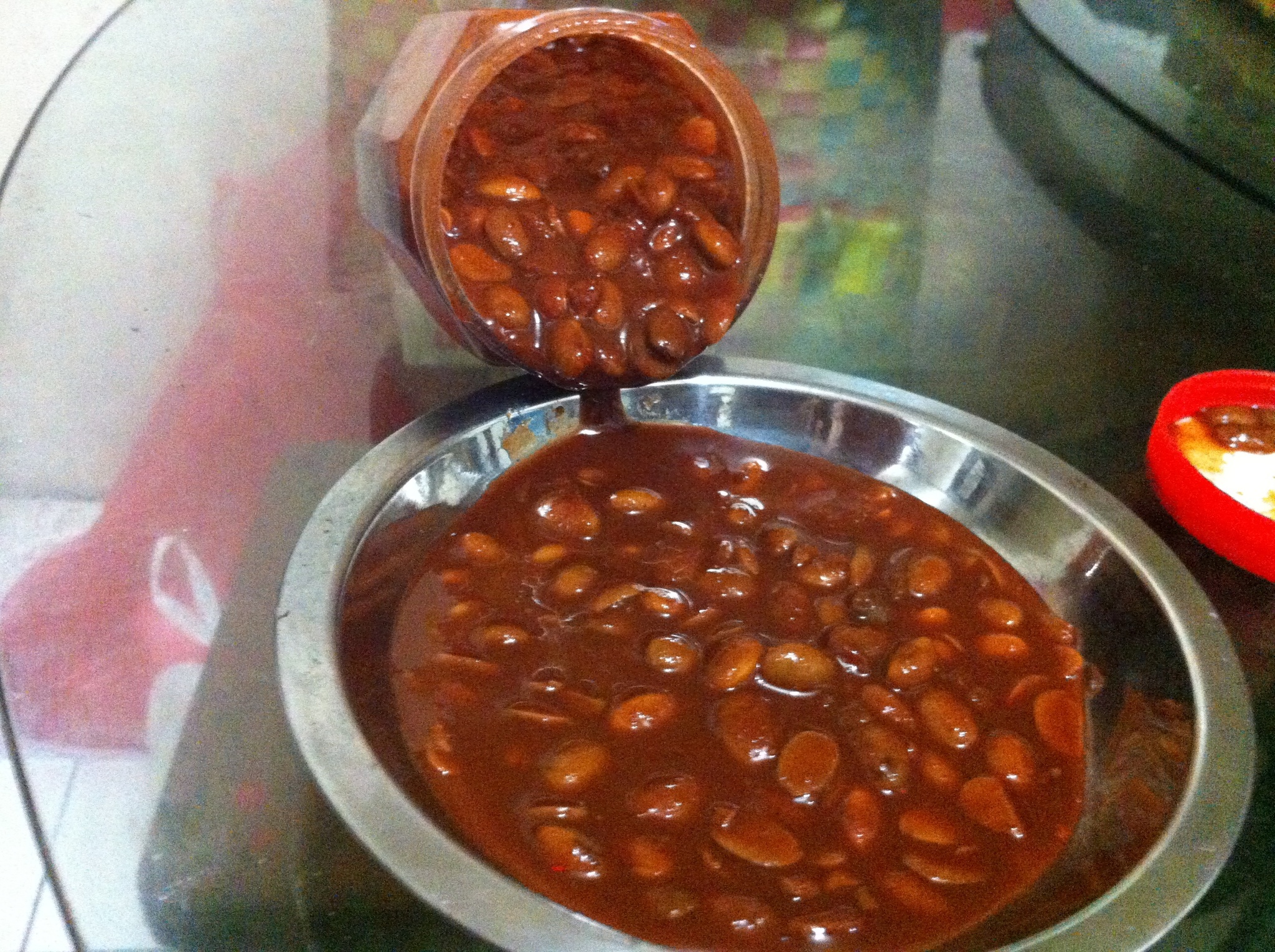
Just like Terasi, Tauco is a common ingredient used in Sundanese and Javanese cuisine. Tauco is made of ground yellow soybeans that are mixed with flour and fermenting them in order to make a soy paste. Tauco adds unique flavor to the food, but many people hate the aroma. Today the major production center of Tauco in Indonesia is in Cianjur, West Java and in Pekalongan, Central Java.
Which one of these have you tried?




